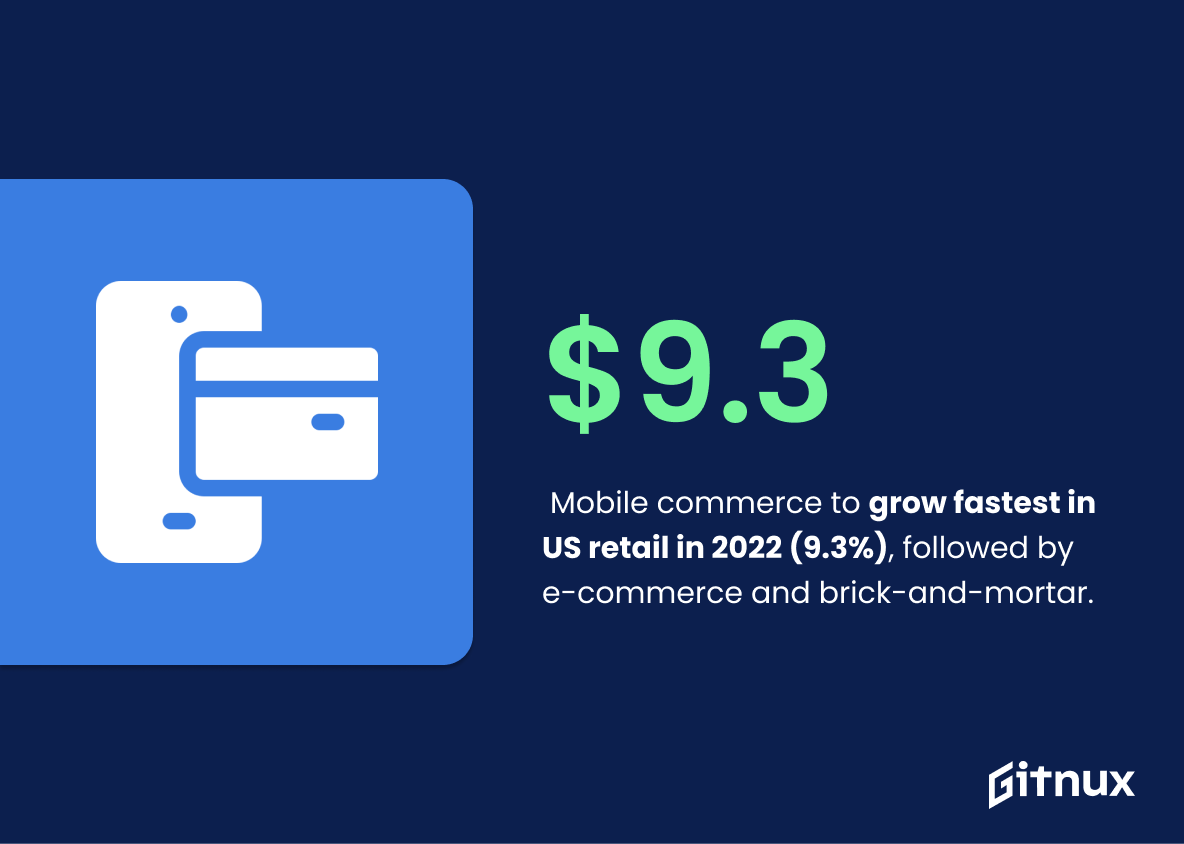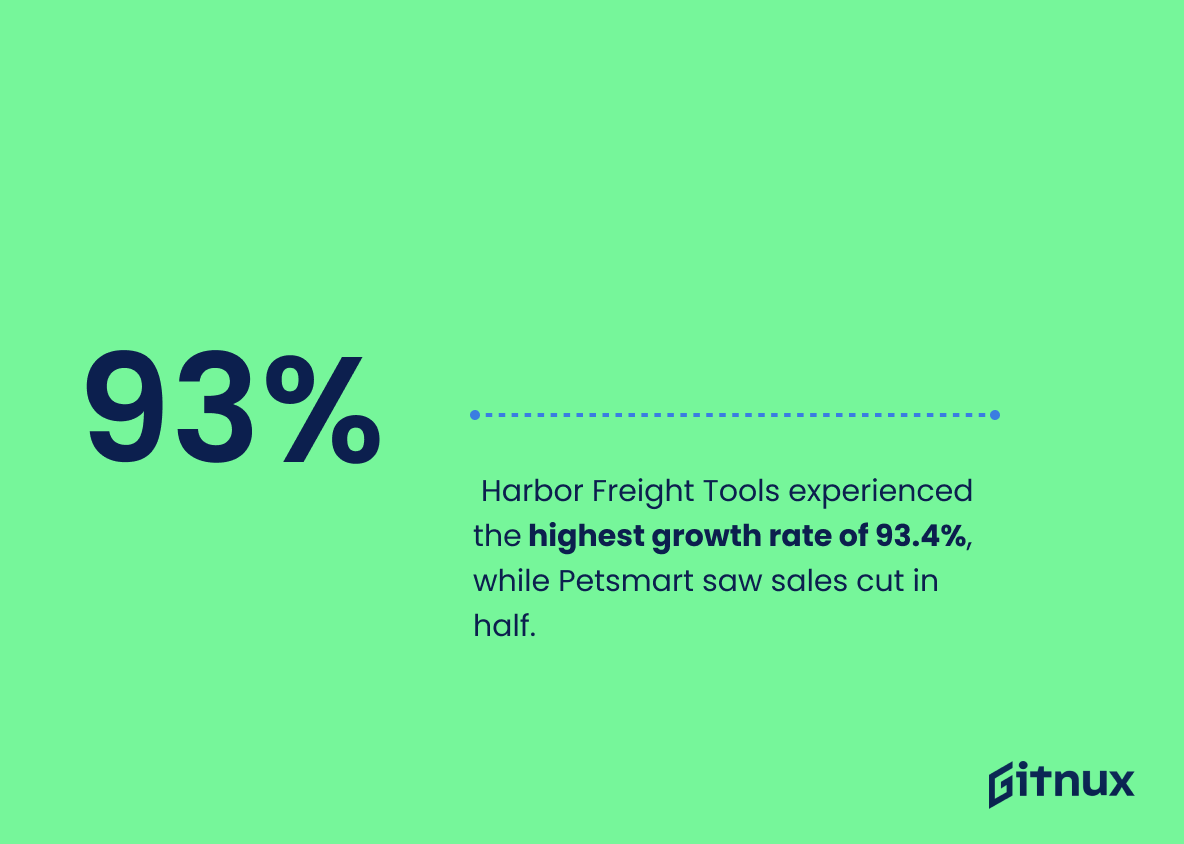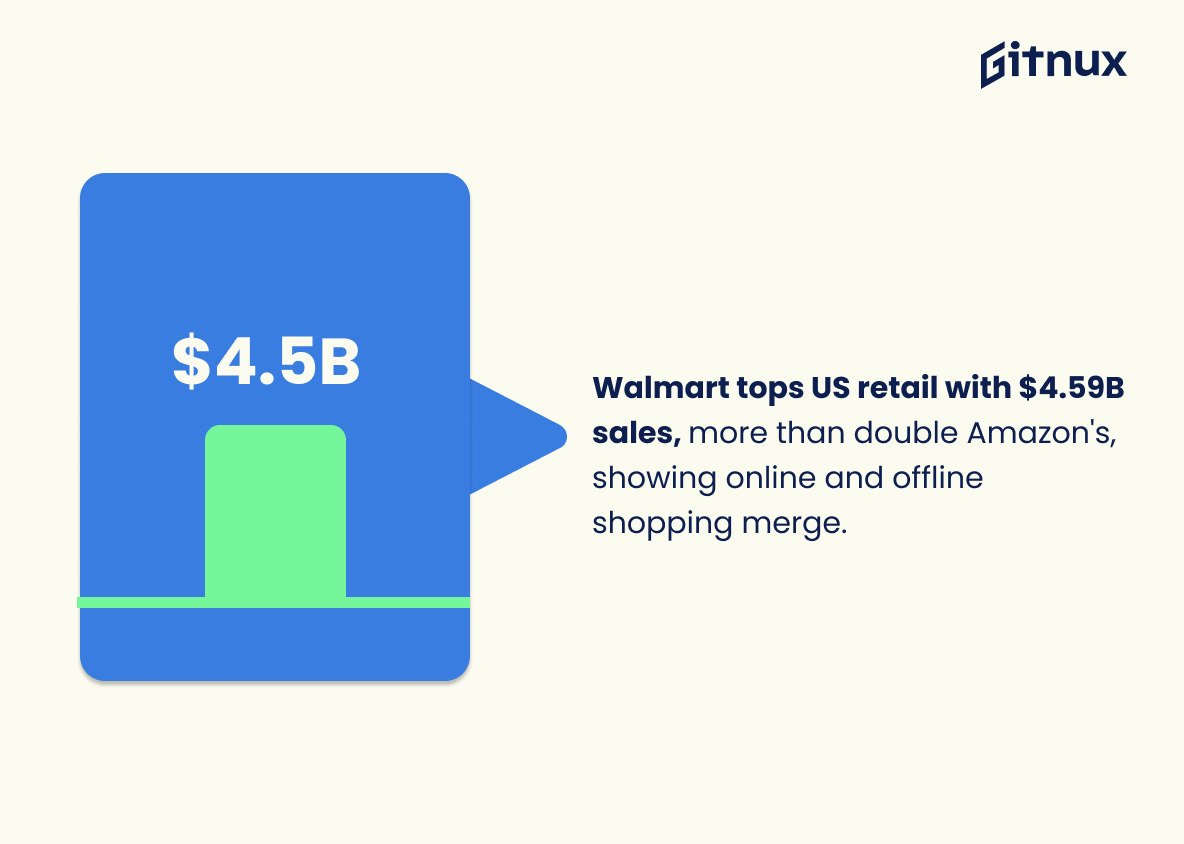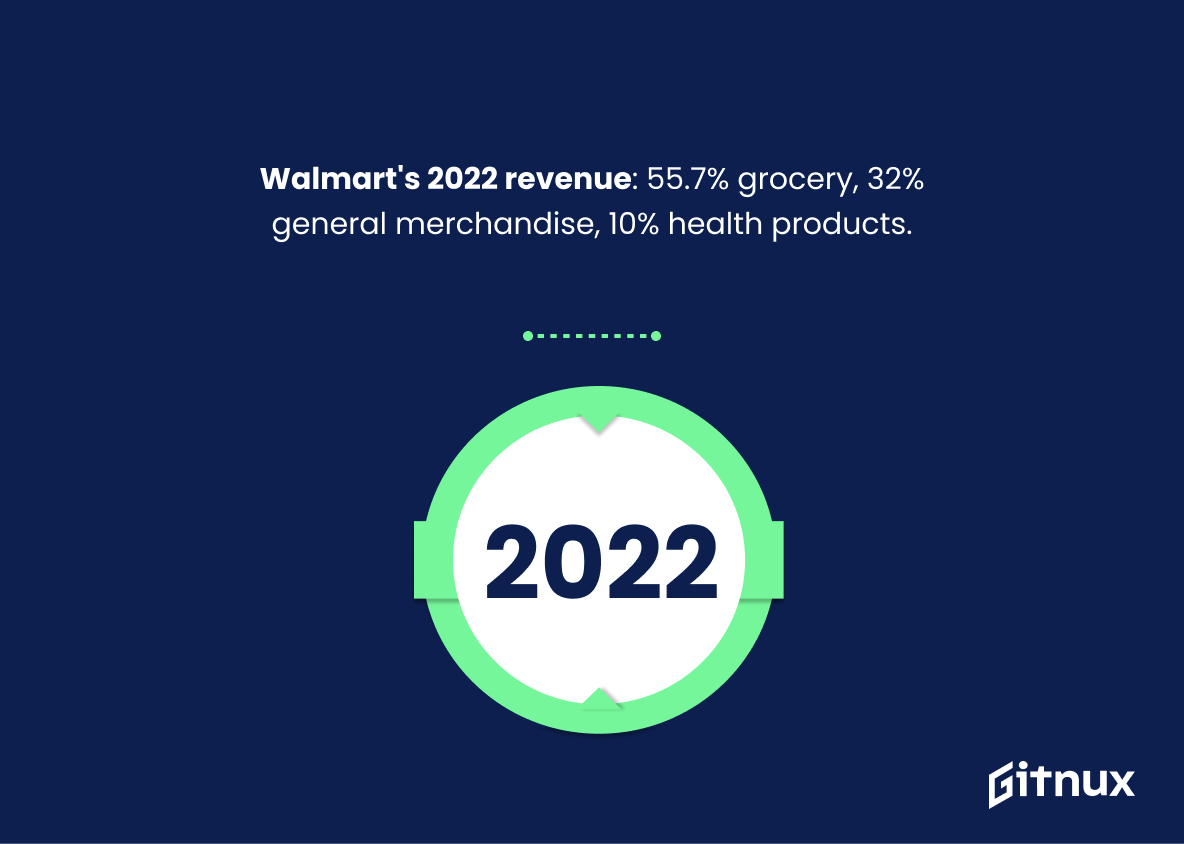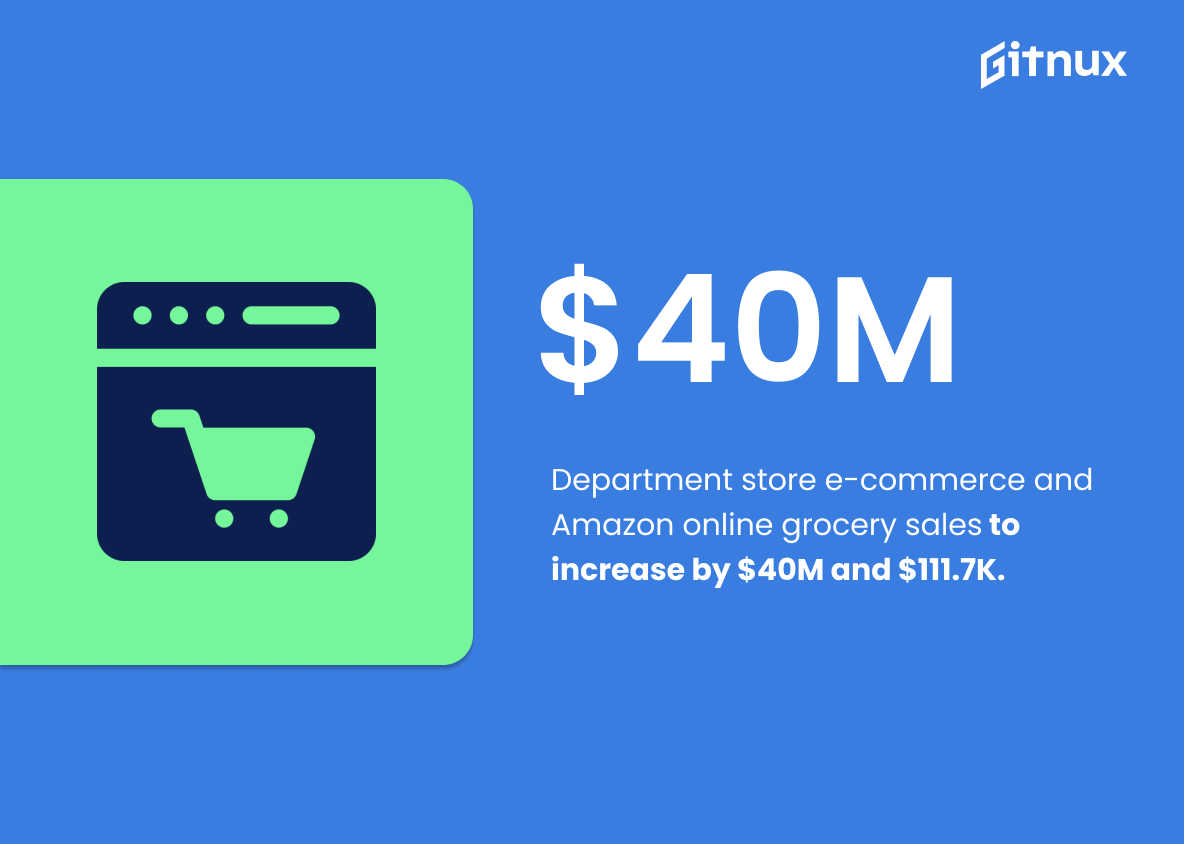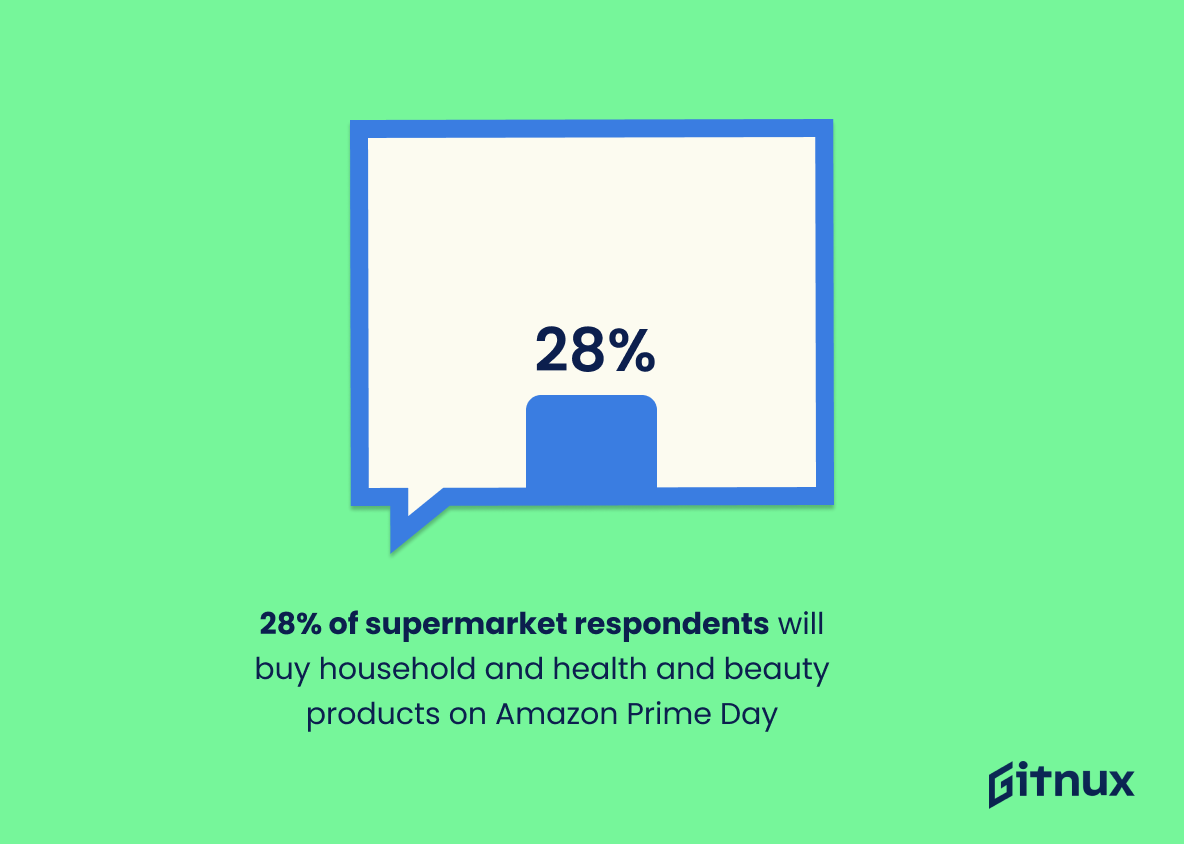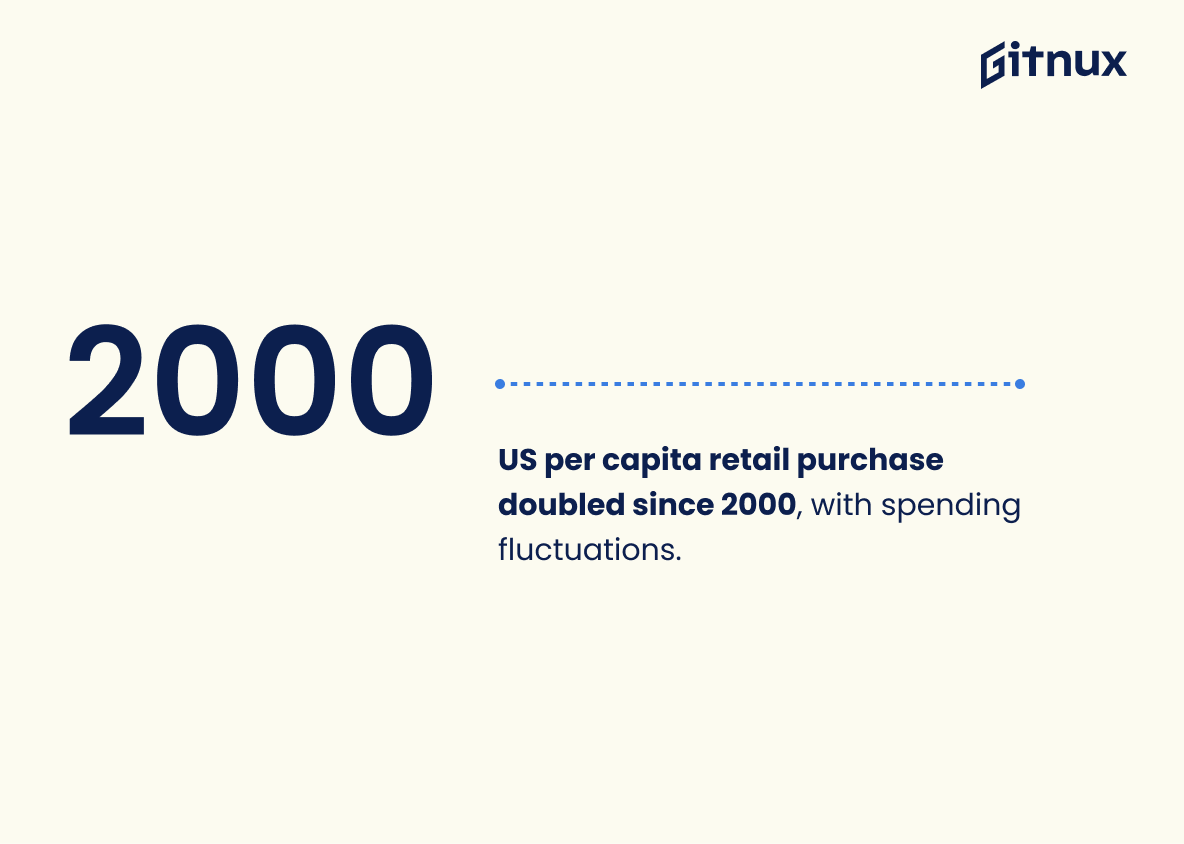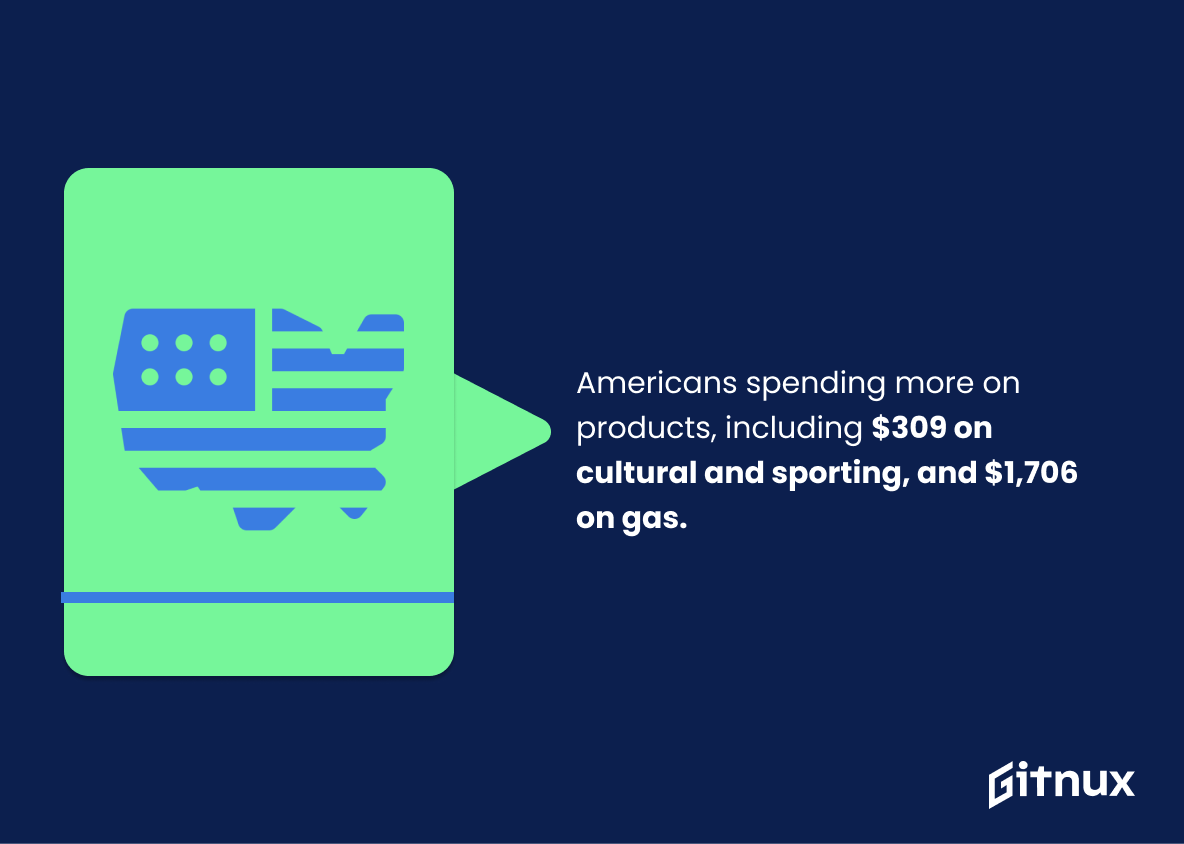The retail industry is a major economic force in the United States, with an estimated $5.5 trillion in annual sales. It is a major employer, with more than 15 million people employed in the retail sector. It is also a major contributor to the U.S. economy, accounting for more than 4 percent of the country’s GDP. In this blog post, we’ll take a look at some of the most important retail industry statistics in the United States.
We’ll look at the size of the industry, its growth rate, and the types of products and services it offers. We’ll also examine the impact of the industry on the U.S. economy and how it affects consumers. Finally, we’ll look at the future of the retail industry and what trends are likely to shape it in the years to come.
US Retail Industry: The Most Important Statistics
Wal-Mart’s main revenue in 2022 is grocery, accounting for 55.7%, followed by general merchandise at 32% and health products at 10%.
29% and 28% of supermarket respondents will buy household essentials and health and beauty products on Amazon Prime Day, respectively.
US Retail Industry Statistics Overview
Mobile commerce is expected to be the fastest growing sales channel in the US retail industry in 2022, with a growth rate of 9.3%, followed by e-commerce at 8.3% and brick-and-mortar stores at 5.7%.
It shows that the retail industry is rapidly shifting to digital channels, and businesses must adapt to keep up with the changing landscape.
Wal-Mart’s position in the US retail industry is secure and mobile shopping is on the rise.
Wal-Mart is well-positioned to capitalize on the increasing trend of mobile shopping, which is becoming an increasingly important part of the retail industry. This gives it an advantage over other retailers who may not have the same resources to invest in mobile shopping.
Harbor Freight Tools experienced the highest growth rate of 93.4%, while Petsmart saw sales cut in half.
This highlights the wide range of performance among US retailers, and indicates that the US retail industry is in good overall development.
Walmart is the top retailer in the US with sales of 4.59 billion US dollars in 2021, more than double that of Amazon, which shows the merging of online and offline shopping patterns in the US, and Walmart’s dominance in the retail industry.
Wal-Mart is the largest retailer in the US, with 6.4% sales growth in fiscal 2022 and only three years of negative sales growth in the past 17 years. Thus, the company is a strong and consistent performer in the US retail industry, despite the challenges posed by the pandemic.
Wal-Mart’s main revenue in 2022 is grocery, accounting for 55.7%, followed by general merchandise at 32% and health products at 10%.
It is heavily reliant on grocery sales for its revenue, which is a trend that is likely to continue in the US retail industry.
Sales of department store e-commerce and Amazon’s online grocery are expected to increase by 40 million and 111,700 US dollars, respectively, by 2024.
The US retail industry is continuing to grow, and e-commerce and online grocery sales are becoming increasingly popular. This indicates that the US retail industry is adapting to the changing consumer landscape and that businesses should focus on developing their online presence in order to remain competitive.
29% and 28% of supermarket respondents will buy household essentials and health and beauty products on Amazon Prime Day, respectively.
Therefore, Amazon is a major player in the retail industry, particularly when it comes to household essentials and health and beauty products. It is becoming increasingly important in the retail industry, and that it is a major competitor to traditional brick-and-mortar stores.
The per capita purchase of retail goods in the US has doubled since the beginning of the 21st century, but this growth has been accompanied by fluctuations in spending.
This shows the overall growth of the industry and how it has been affected by fluctuations in spending. It also displays the potential for further growth and how the industry can adjust to changing consumer trends.
Americans are spending more money on different product categories since 2009, with an average of $309 spent on cultural and sporting goods and $1,706 spent on gas station costs.
Conclusion
The US retail industry is a major driver of the US economy. It is estimated that the industry contributes around $3.2 trillion to the US GDP and employs over 15 million people. The industry is highly competitive, with many players vying for market share.
However, the industry is also facing challenges such as the rise of e-commerce, changing consumer preferences, and the increasing cost of labor. Despite these challenges, the US retail industry is expected to remain strong in the years to come, with continued growth in sales and employment.
References
1 – https://www.statista.com/statistics/1094194/retail-sales-growth-forecast-by-channel-us/?locale=en
2 – https://www.statista.com/statistics/579718/most-popular-us-shopping-apps-ranked-by-audience/
3 – https://www.statista.com/statistics/195997/us-retail-sales-growth-of-the-leading-50-us-based-retailers-in-2010/?locale=en
4 – https://www.statista.com/statistics/195992/usa-retail-sales-of-the-top-retailers/?locale=en
5 – https://www.statista.com/statistics/269412/sales-growth-of-walmart-in-the-us/?locale=en
6 – https://www.statista.com/statistics/252678/walmarts-net-sales-in-the-us-by-merchandise-unit/?locale=en
7 – https://www.statista.com/statistics/1338894/amazon-grocery-e-commerce-sales-united-states/?locale=en
8 – https://www.statista.com/statistics/728136/popular-amazoncom-prime-day-sales-by-category/?locale=en
9 – statista.com/statistics/208993/us-retail-per-capita-sales-since-2004/?locale=en
10 – https://www.statista.com/statistics/217271/us-per-capita-retail-sales-since-2004-by-kind-of-business/?locale=en
